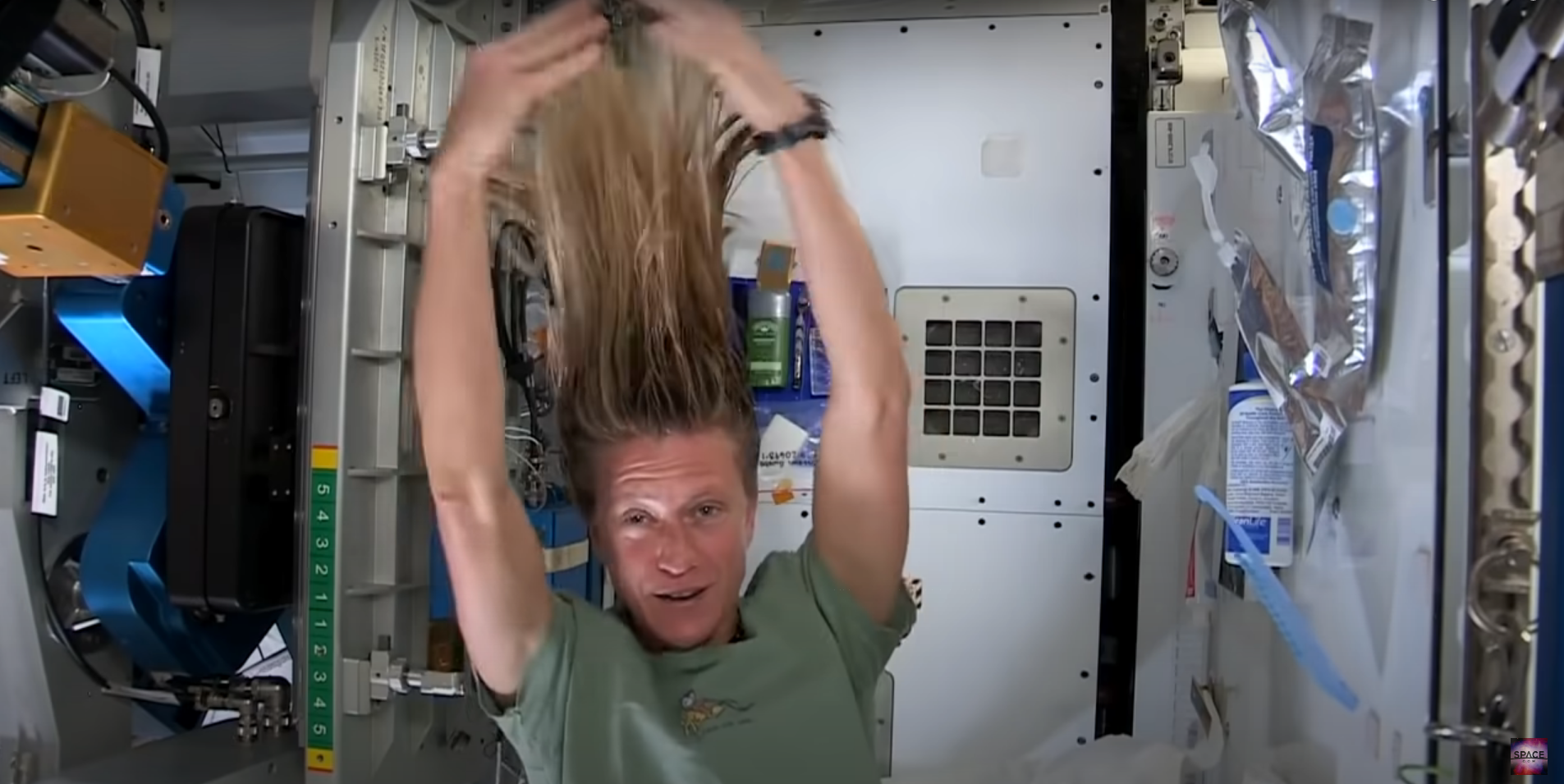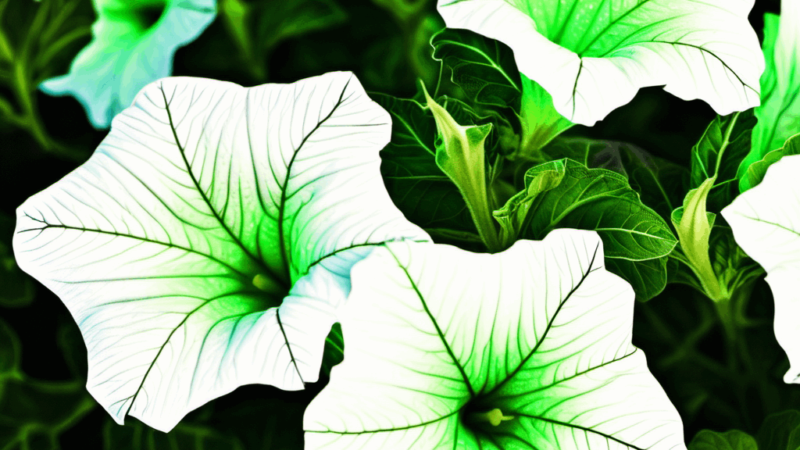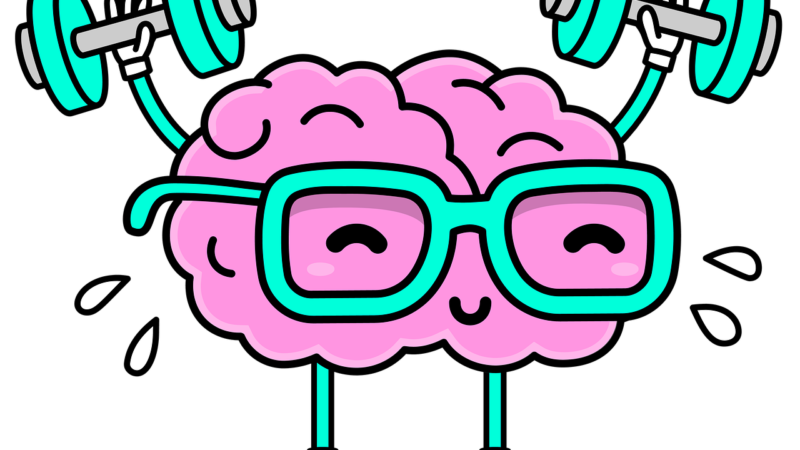How astronauts wash their hair

On the Gemini and Apollo missions in the 60s and 70s, engineers devised elaborate shower pods, sealed cylindrical containers where astronauts could strap their feet in to prevent themselves floating. The pods used six litres of water, which was sucked away by a negative pressure device and the whole showering process took over two hours. The process was very wasteful and time-consuming. This is why the ISS preferred to employ the wet-wipe shower technique, using sponges.
Due to low water-availability and the risk of water getting into electronics, ISS astronauts don’t take showers, instead they use liquid soap, small pouches of water and comb non-rinse shampoo into their hair.
Any water that escapes during the “shower” process is sucked into the air-conditioning system where it is filtered and recycled into drinking water.
The ISS has that lived-in smell…
Jennifer Levasseur, National Air and Space Museum
In a study of ten astronauts it was found that the distribution rate (%) and colonization level of Malassezia (a fungi found on the skin surfaces of many animals, including humans) increased.
https://academic.oup.com/mmy/article/54/3/232/2579243?login=true
In a study on 46 ISS crew members missions nearly half reported skin rashes and irritations, the study recommended that astronauts pay more attention to skin hygiene and maintenance in space.
https://www.karger.com/Article/Abstract/494689
In a study with scientists on an Antarctica mission who did not shower, it was found that the build up of Malassezia caused seborrheic dermatitis and dandruff (which caused itchiness of scalp).
https://link.springer.com/referenceworkentry/10.1007/978-3-030-05526-4_52
Do you need to wash your hair?
No
Left to its own devices, your hair produces its own oil (sebum) from sebaceous glands which moisturises your hair, making it look straight and shiny. Shampoo is made of surfactants (just like washing up liquid). Washing your hair can remove dirt, debris, and odors, such as smoke or sweat, but it also removes the natural oil which prevents your hair from breaking.
Yes
A fungi called Malassezia lives in the oil that your hair produces. Many peoples’ immune systems react to the fungi with histamines and an inflammatory response, causing red patches, itchiness and dandruff. Shampoo can remove the oil and prevent Malassezia.
Dandruff = Tan drof (old Anglo-Saxon)
Tan (itch) drof (dirt)
Extra fact: What causes dandruff?
A fungus called Malassezia globosa (a bread-smelling yeast) likes to eat the fat in the oil of your hair. As it eats your oil, the fungus produces oleic acid. In some of us, our bodies see the acid as invading molecules which evokes an inflammatory response. To combat the problem the scalp speeds up the turnover of skin; cells reproduce four times faster than normal, the upper layer of of the epidermis doesn’t have time to separate and the cells stick together and break away as flakes of dandruff.
Dandruff affects half of all humans and many animals, even dinosaurs suffered from dandruff (see video below). Over our lifetime each person sheds 100 pounds of dead skin.
Half of everyone on earth suffers from dandruff
Sources:
https://www.medicalnewstoday.com/articles/319848#why-shampoo-your-hair
Essentials of Hair Care often Neglected: Hair Cleansing
Revisiting dandruff – C. Piérard-Franchimont,E. Xhauflaire-Uhoda,G. E. Piérard






